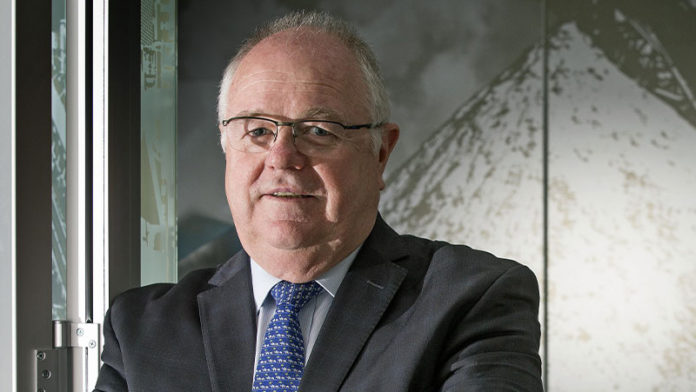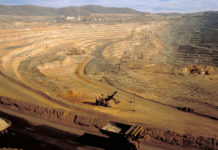
PERSEUS Mining on Wednesday set down a five-year gold production plan that will require $878m in development capital including the Nyanzaga Gold Project in Tanzania, the Australian firm’s fourth mine.
The plan sees the West African miner producing an average of between 515,000 and 535,000 ounces annually from now until 2030. The production plan excludes the Meyas Gold Project in Sudan following the outbreak of civil war there in 2022.
Scoped to produce 228,000 oz a year, Meyas has been effectively replaced in Perseus’s gold production plans by the $523m Nyanzaga Project. The Tanzanian deposit, which Perseus acquired through the A$258m takeover of OreZone last year is expected to yield 2.6 million oz of gold over its life of mine.
“Perseus’s decision in 2023 to defer development of its Meyas Sand Gold Project in Sudan and pivot towards acquisition and development of the Nyanzaga Gold Project, will lead to a short term shortfall in 2026 and 2027 relative to this target,” said Jeff Quartermaine. He described Meyas’s suspension as “a temporary setback”.
But assuming a gold price of $2,400/oz, and all-in sustaining costs over the period of $1,400 to $1,500/oz, production from the group’s mines was expected to yield a cash operating margin of more than $500/oz or “significantly higher” – an outlook Quartermaine described today as “eminently achievable”.
Interestingly, Quartermaine said that while generous returns were written in to Perseus’s strategy, the group remained on the lookout for inorganic growth. The company had $1.1bn in undrawn debt and cash. As a result it was “fully funded to … also consider a prudent mix of future growth opportunities beyond the current plan”.
Shares in Perseus reacted poorly to the production plan, however. The stock was nearly 6% weaker on the Australian Securities Exchange. Since the beginning of the month, Perseus is about 10% weaker, trimming its year-to-date gains to 38%.









